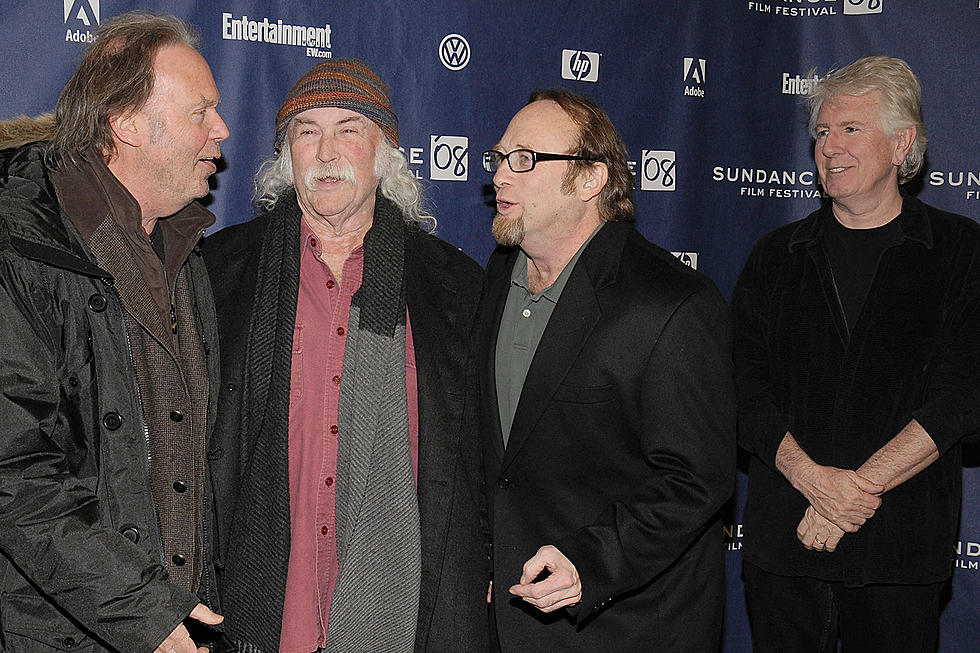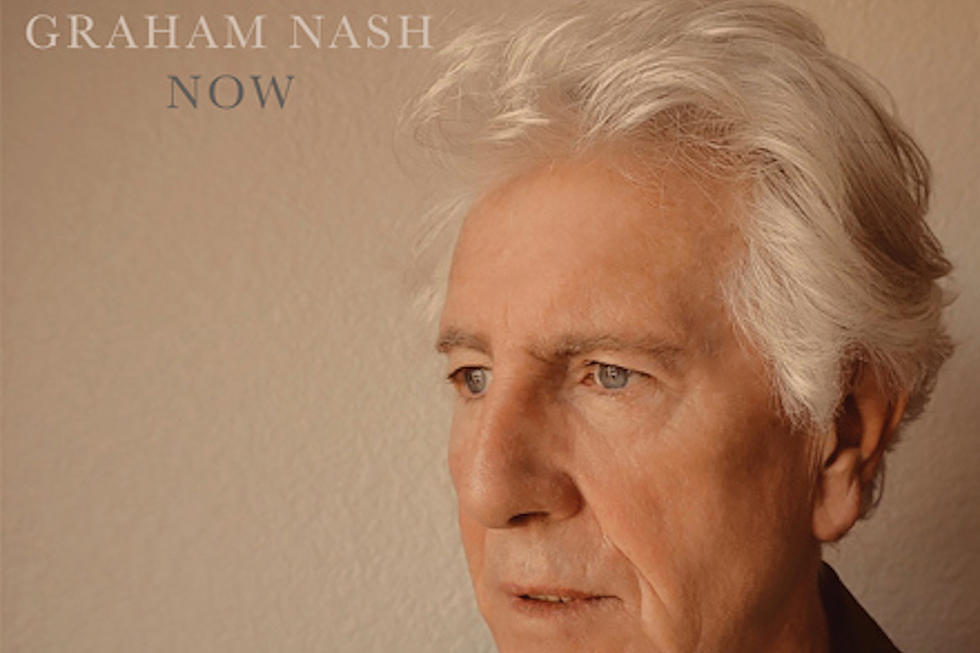
When David Crosby and Graham Nash Became a Duo Again with ‘Wind on the Water’
As 1974 began to wane and Crosby, Stills, Nash & Young finished up the the last show of their reunion tour with a massive blowout gig at Wembley Stadium in London, the entire world fully expected the foursome to hit the studio and create a new record. But it was not meant to be.
Stephen Stills and Neil Young went off in one direction to work on their respective solo projects, while David Crosby and Graham Nash plotted out their next album together, Wind on the Water, which hit the shelves on Sept. 15, 1975.
At the conclusion of the so-called “Doom Tour," Young, who had spent most of the jaunt on his own bus away from the mayhem, left to reassemble his backing outfit Crazy Horse on what would eventually the final album of his Ditch Trilogy, Zuma. Stills followed his Buffalo Springfield bandmate's lead and began working on his third solo record, Stills.
Not content to just sit around and twiddle their thumbs, Crosby and Nash signed a new three album deal with ABC Records, and with a pretty substantial backlog of material collected from over the past two years, booked time in a number of studios around Los Angeles and in San Francisco.
As a direct inverse of the contentiousness and negativity that had surrounded attempts to work on a CSNY follow-up album, the atmosphere inside the studio and out while making the record was wholly positive. The two men even decided to move in together, sharing a bungalow at the chic Chateau Marmont off the Sunset Strip in Hollywood. “Making the album Wind on the Water was a pleasure from start to finish,” Nash wrote in his autobiography Wild Tales. "It was one of our finest efforts. David was in excellent session shape and the band were consummate pros.”
Though Stills and Young weren’t around to contribute to the record, Graham and Nash called in an extensive pool of A-list names to lend a hand. Along with an elite collection of session players nicknamed the Jitters, the duo also brought in the Band's Levon Helm to play drums on “Fieldworker” and Jackson Browne to sing a backup part on “Love Workout." Carole King was also enlisted to contribute to two tracks, “Bittersweet” and “Homeward Through the Haze,” while her frequent collaborator James Taylor played guitar on “Carry Me” and “To the Last Whale.”
When it was finally released, Wind on the Water was a surprising commercial success, reaching the Top 10. Hoping to strike while the iron was hot, Crosby and Nash almost immediately began plotting the follow-up and Whistling Down the Wire debuted the following year. They linked up again with Stills for the CSN album in 1977, but it would be another 11 years before all four members of CSNY made another record together.
See CSNY Among Rock’s Most Underrated Albums
More From Ultimate Classic Rock









